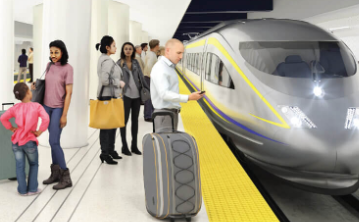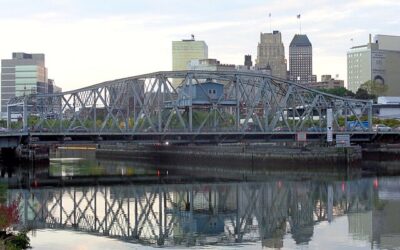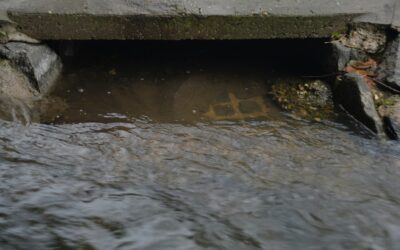California may infuse $20 billion over the next two decades to support its high-speed rail project. The proposal includes support for reliable public transportation, despite a projected $12 billion shortfall in the Fiscal Year 2025 through 2026 budget.
Gov. Gavin Newsom delivered the revised budget earlier this month, highlighting numerous amendments to the originally proposed budget in response to recent economic disruptions and market volatility. The high-speed rail commitment would provide the project—alongside other impactful climate programs—with ongoing financial support for the foreseeable future.
The high-speed rail project would receive $1 billion annually, ensuring the High-Speed Rail Authority (HSRA) will have a stable, predictable funding stream to effectively deliver the project.
The funds will be directed from the state’s cap-and-trade program, a key element of California’s efforts to reduce greenhouse gas (GHG) emissions. The program is the sole source of funds for the high-speed rail project, which has already generated $6.4 billion for construction between 2012 and 2023.
The revisions come on the heels of the federal government’s determination that it will not support California’s high-speed rail project, throwing federal partnerships into uncertainty. An audit is underway that could rescind approximately $4 billion in unspent allocated funds. Whether the funds are rescinded or not, California’s efforts to establish a steady stream of money would be a critical maneuver to keep the bullet train project on track.
The project’s original vision extends the rail fromm Los Angeles to San Francisco, although the current focus is on an approximately 160-mile line from Merced to Bakersfield across the Central Valley. While most of the costs have already been covered, officials estimate that another $7 billion is needed to complete construction.
Establishing long-term state funding will enable the HSRA to build with greater certainty, improve delivery efficiency and support cost-saving measures. A stable stream of financial support would attract private investors to further accelerate project delivery and increase the feasibility of alternative delivery methods.
Photo courtesy California High-Speed Rail Authority







